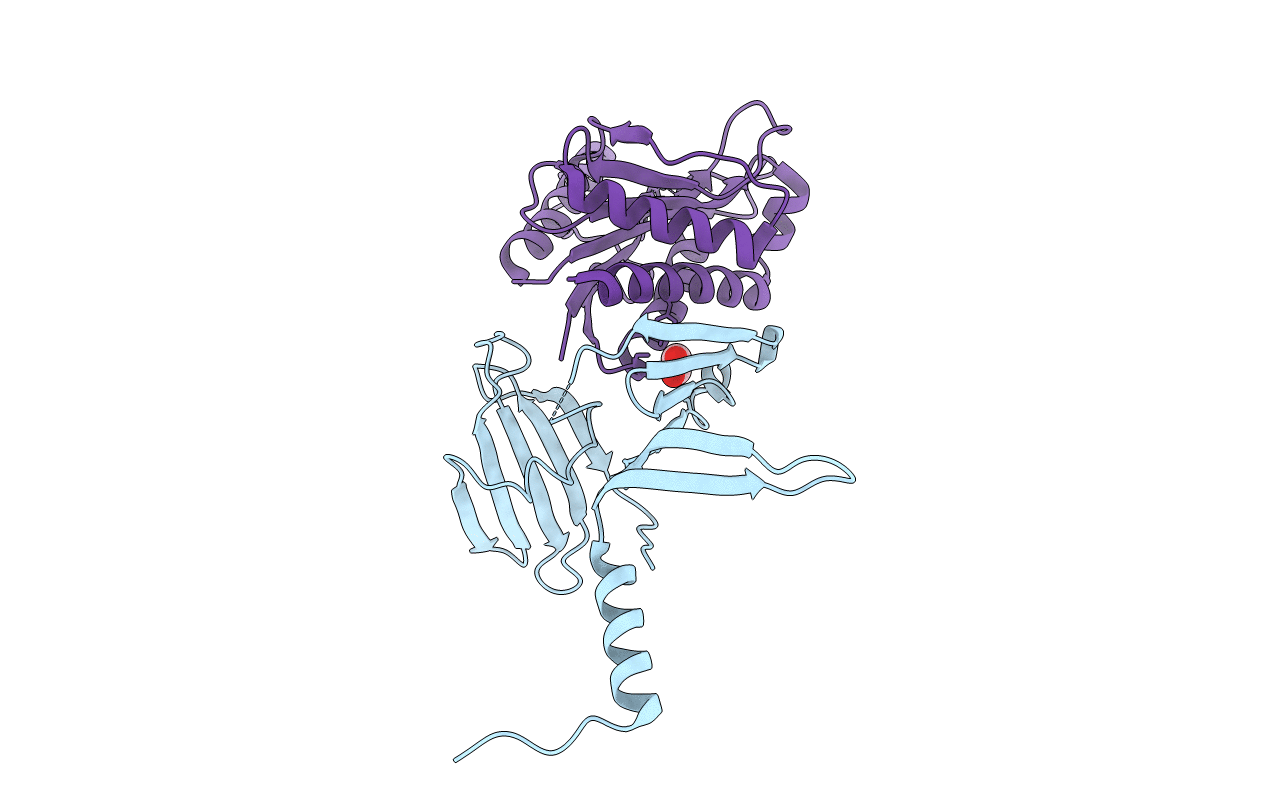
Deposition Date
2021-07-01
Release Date
2021-09-08
Last Version Date
2024-11-13
Entry Detail
PDB ID:
7RAG
Keywords:
Title:
Structure of the CwlD amidase from Clostridioides difficile in complex with the GerS lipoprotein
Biological Source:
Source Organism:
Clostridioides difficile (Taxon ID: 1496)
Host Organism:
Method Details:
Experimental Method:
Resolution:
2.40 Å
R-Value Free:
0.24
R-Value Work:
0.20
R-Value Observed:
0.20
Space Group:
P 65 2 2


